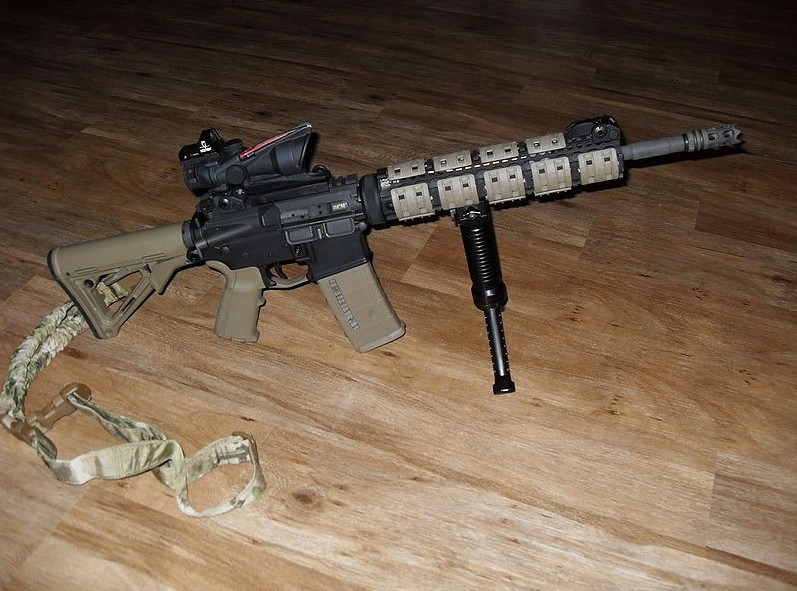AR-15 stands for Armalite Rifle, which comes from the name of the original manufacturer Armalite, Inc. In the late 1950s, it was developed as a military rifle, but because the sales weren’t as expected, they sold the design to Colt.
After the successful manufacturing of M16 to the US troops, Colt reconstructed a semiautomatic version, marketed as AR-15. Other producers started making similar designs when Colt’s patents for the AR-15 expired in 1970.
Despite the gunmakers giving their own names to these rifles, the popularity of AR15 turned it into a universal term for all the rifles of this style. Whether you’re building one yourself, have all the accessories including an AR 15 Bipod, read on for some key information.
Characteristics of an AR-15
Since the M16 version of this rifle was for the military, it was automatic, meaning it could shoot several rounds with each pull of the trigger. AR15 being the semiautomatic version, requires the user to pull the trigger to fire each shot.
It was designed to provide quick reloading during battles. The butt of the rifle was invented with an internal spring that consumes the shock of each fire. Its low recoil offers more precise and more relaxed shooting.
How loud is an AR-15?
AR-15 rifles are quite loud because the 16-inch barrel is not long enough. Due to this, the gunpowder isn’t wholly burned, which results in a larger fireball and shock at the muzzle. The sound level produced is of a decibel level of 167. The shorter the barrel is, the more amplified the sound of the gunshot is.
An AR-15 also has a flash hider, which reduces the flash caused by the unburnt powder as soon as the round is fired. The sound also depends on the kind of gunpowder used. Some factory produced gunpowder contains a flash suppressant compound, whereas some factory productions are inadequate, especially imports from some specific regions.
How loud is an AR-15 with a suppressor attached?
An AR-15 makes three main sounds when a round is fired, the muzzle blast, the sound of the breaking of the sound barrier, and the mechanical noise of the weapon cycling after each shot.
A suppressor is basically used to reduce the sound of the muzzle blast by allowing the gases to cool by trapping them from the end of the muzzle. After cooling down, the gas is then decelerated in the series of the chamber. In this way, the decibel level is reduced to an extent. An AR-15 with a 16-inch barrel produces a decibel level of 167; however, this is reduced to 136 decibels with a suppressor.
The length and weight play a significant role in the sound produced. If you add a 6-inch suppressor to a 16-inch barrel, you will notice that the sound decibels have reduced. The shorter the suppressor, the less effective it gets, and the lighter it is, the less heat it can handle.
Conclusion
An AR-15 is considerably loud as compared to some other rifles. However, the sound decibels can be reduced with the use of a proper suppressor.
